8 Free Disaster Response transparent PNG images
Explore our comprehensive Disaster Response image collection, featuring 8 free AI-generated images that capture various aspects of emergency management and crisis situations. Our diverse collection includes realistic stock photos, detailed 3D objects, versatile vectors, and informative illustrations. Each high-resolution image is available for immediate download, and you can customize any image using our 'open in editor' feature to adjust prompts and regenerate variations that perfectly match your needs.
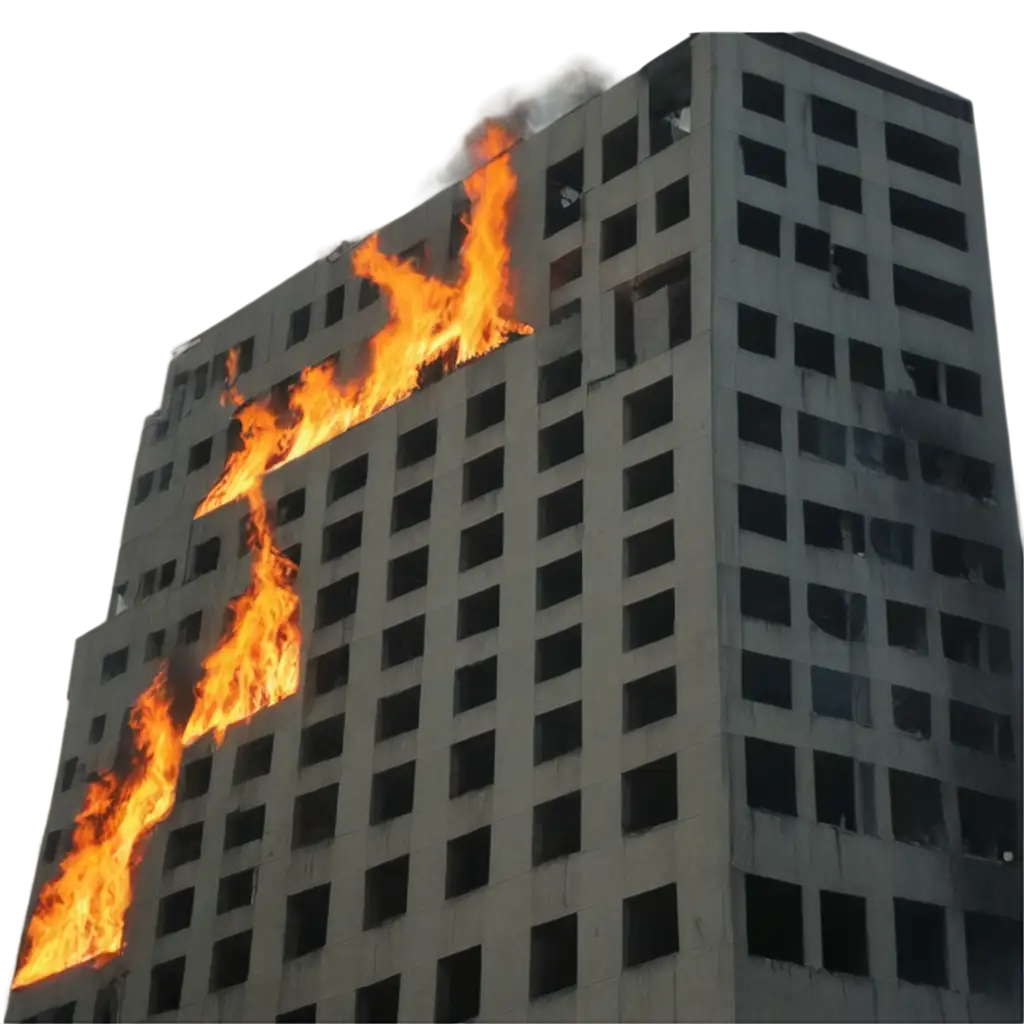
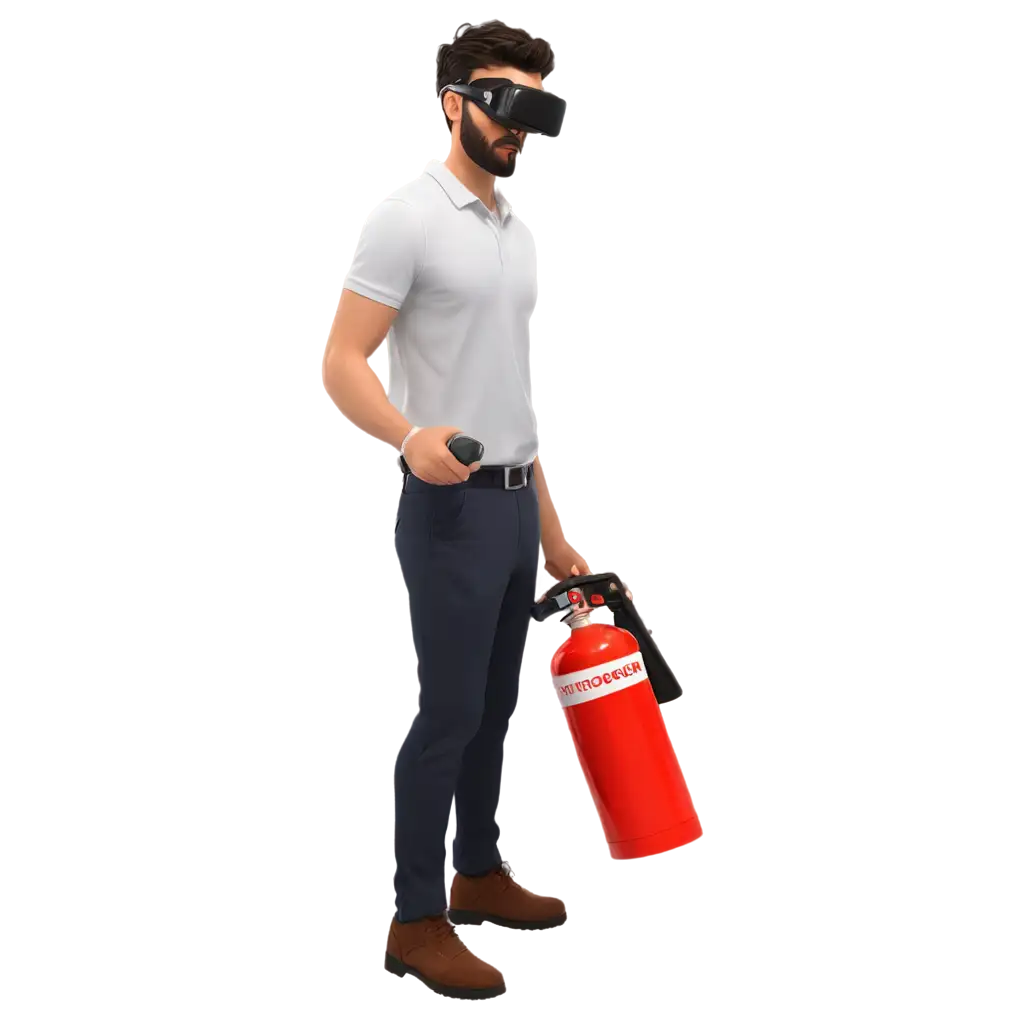

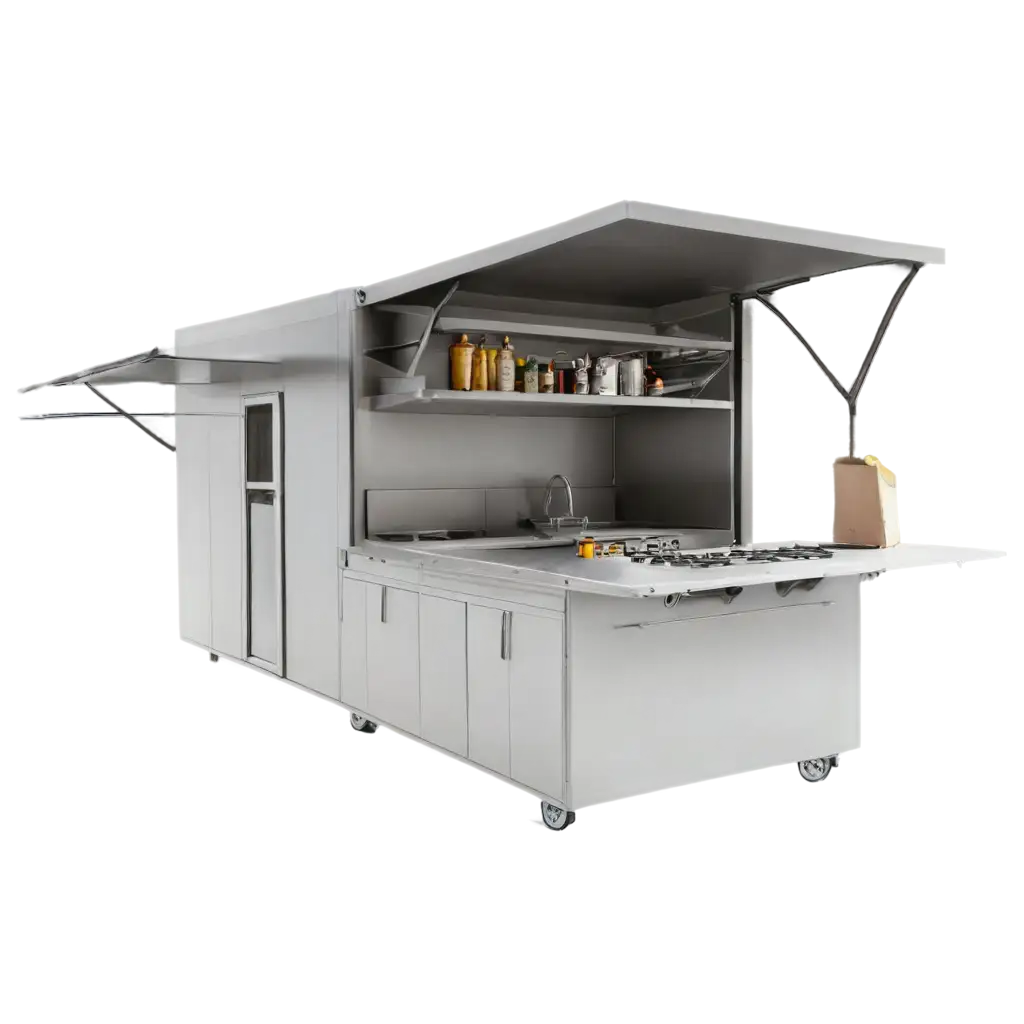
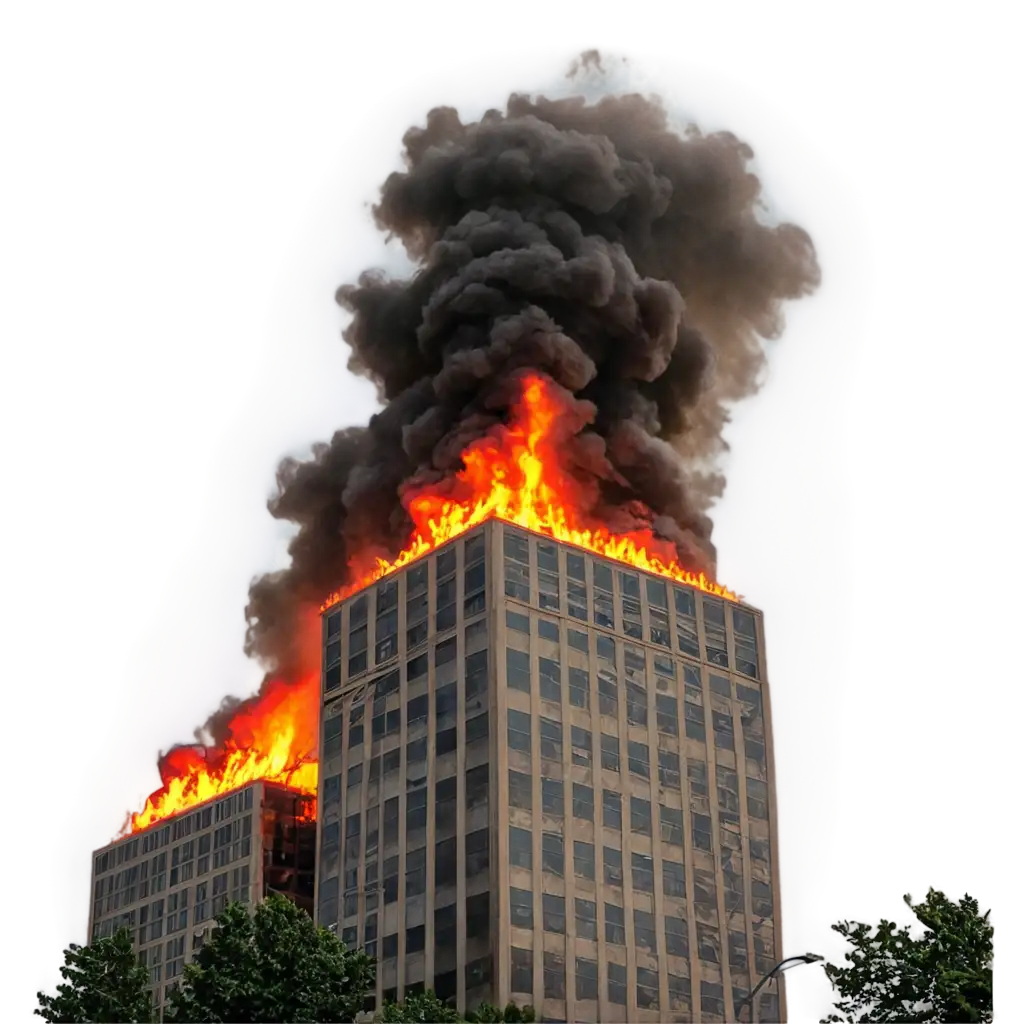
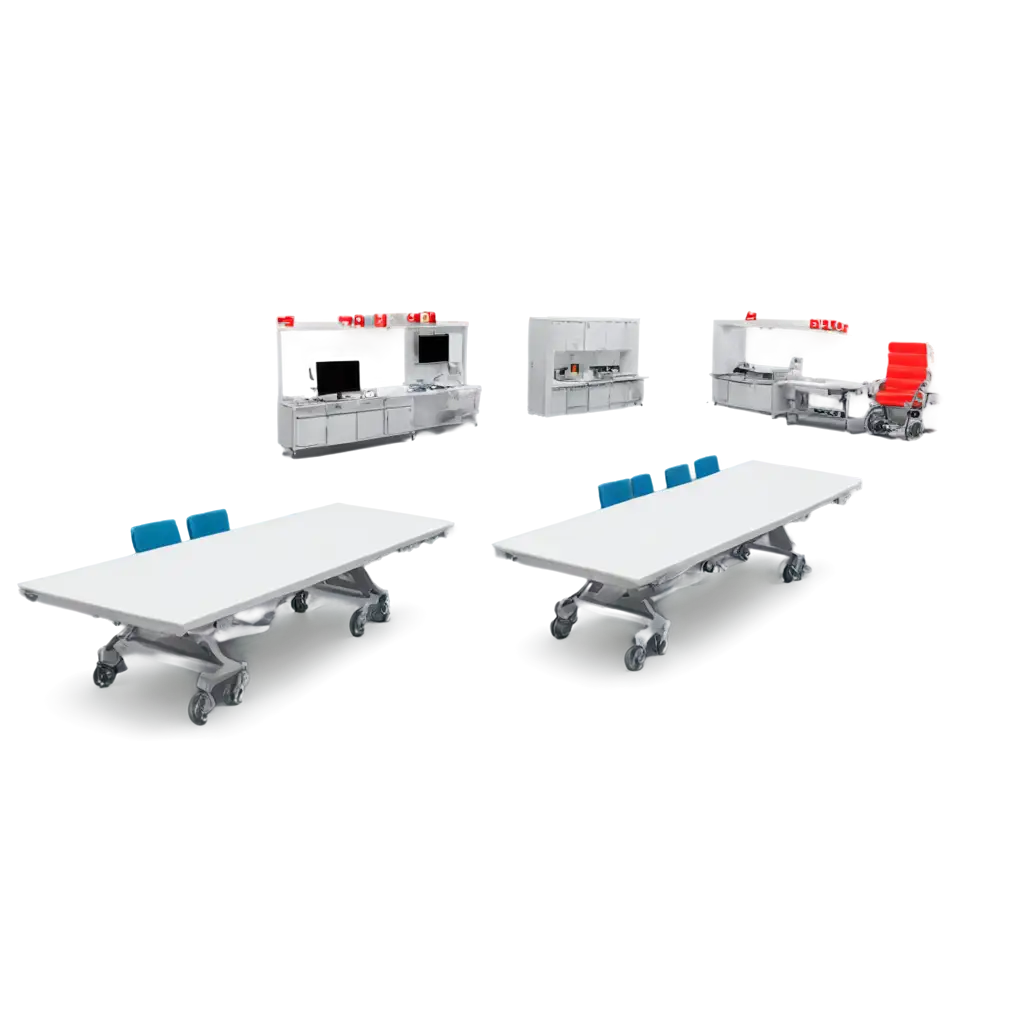
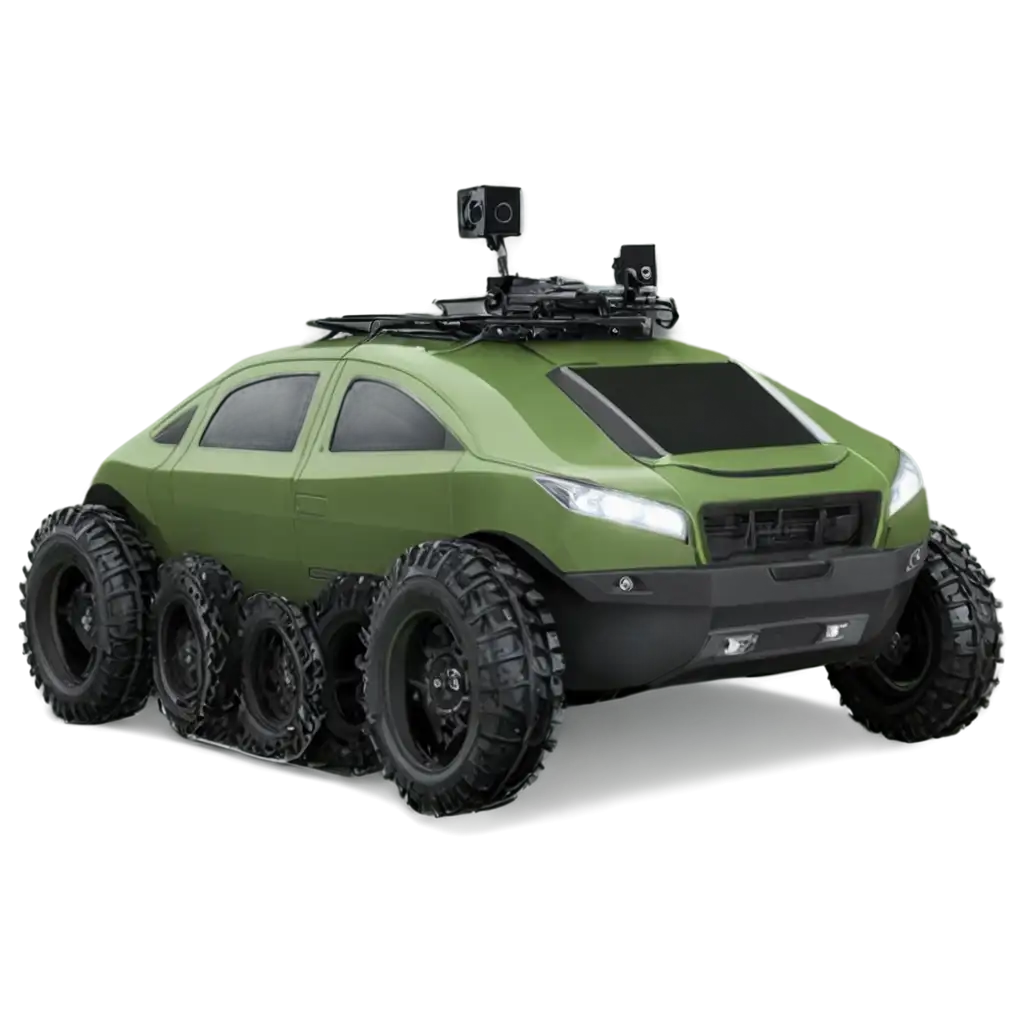
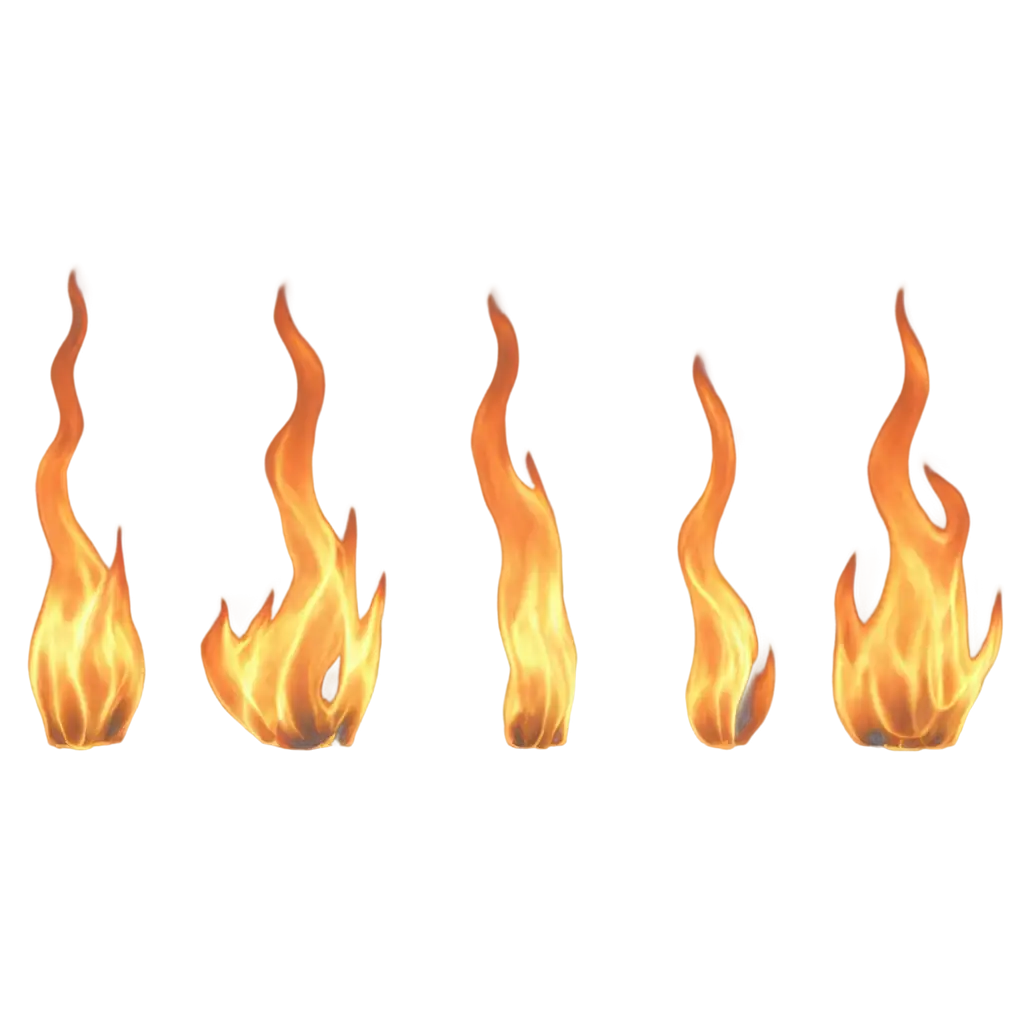
Related Tags
Disaster Response visualization has evolved significantly with the advent of AI technology. Traditional emergency response imagery often relied on actual disaster photography or basic diagrams, which could be limited by accessibility and ethical considerations. AI-generated images now offer a powerful alternative, allowing the creation of realistic yet controlled scenarios for training, documentation, and public awareness. These images can effectively demonstrate emergency procedures, equipment usage, and response protocols without the sensitivity concerns of using real disaster footage. The technology enables the generation of diverse scenarios, from natural disasters like earthquakes and floods to human-made emergencies, providing valuable visual resources for emergency management professionals.
Understanding Disaster Response Visualization: From Traditional to AI-Generated Imagery
AI-generated Disaster Response images serve crucial roles in various aspects of emergency management. In training materials, these images help first responders visualize complex scenarios and practice response procedures in a safe environment. For public education, they create clear, engaging visuals that explain emergency protocols and safety measures without causing undue anxiety. Emergency planning departments use these images in documentation, presentations, and simulation exercises. The versatility of AI-generated content allows for customization based on specific needs, from depicting different types of disasters to showing various response strategies. These images are particularly valuable in creating multilingual safety materials, as they can transcend language barriers through clear visual communication.
Applications of AI-Generated Disaster Response Images in Emergency Management
The creation of impactful Disaster Response images through AI requires careful consideration of several key elements. Accuracy in depicting emergency equipment, procedures, and scenarios is crucial for maintaining credibility and educational value. Color schemes often follow established emergency management conventions, with clear warning colors and easily distinguishable elements. Important aspects include proper representation of safety equipment, clear emergency signage, and realistic environmental conditions. When generating these images, it's essential to balance realism with clarity, ensuring that critical safety information is prominently featured while maintaining appropriate sensitivity to the subject matter. The AI tools allow for rapid iteration and refinement, enabling creators to perfect their visual communications for maximum effectiveness.
Creating Effective Disaster Response Visualizations with AI
The future of AI-generated Disaster Response imagery shows promising developments in several areas. Advanced AI models are increasingly capable of creating more realistic and detailed scenarios, including dynamic situations and complex emergency responses. Emerging trends include the integration of augmented reality (AR) elements, allowing for interactive training experiences, and the development of customizable templates for different types of emergencies. We're seeing growing demand for culturally adaptive imagery that can be easily modified for different regions and communities. The technology is also moving towards real-time generation capabilities, potentially allowing emergency responders to visualize and plan for developing situations as they unfold. These advancements will continue to enhance the value of AI-generated imagery in emergency preparedness and response training.
Future Trends in AI-Generated Emergency Response Imagery